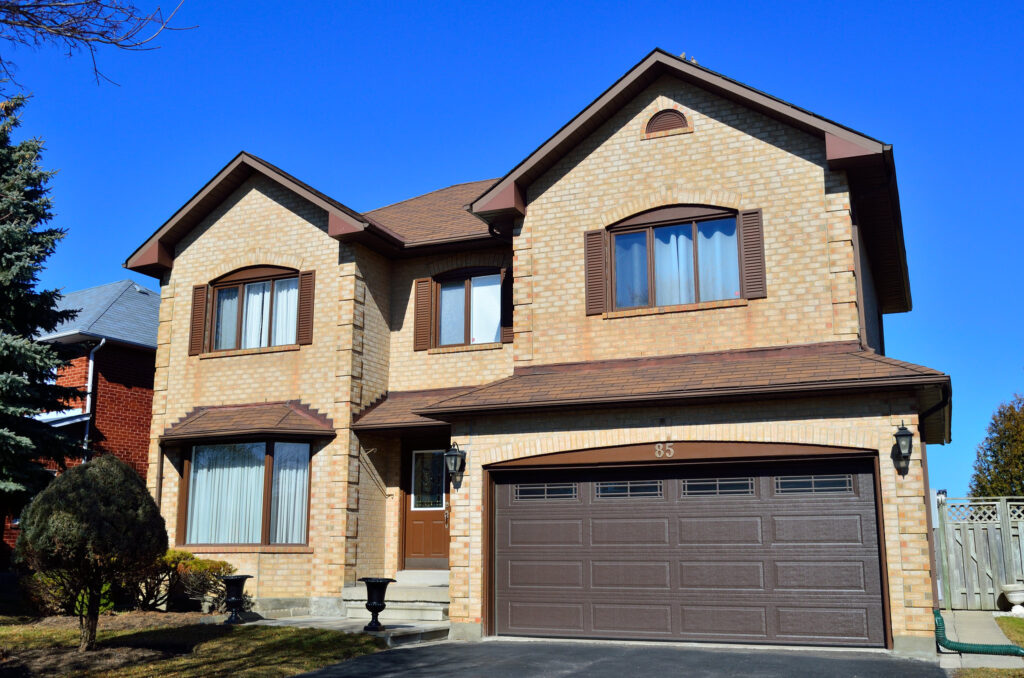
An international research team led by Nanyang Technological University in Singapore has invented a ‘smart’ window material that controls the transmission of heat without blocking the view through the window. The technology could help reduce the amount of energy needed to cool and heat buildings.
The new material can be the basis of an electrochromic window that can block or pass infrared radiation at the flick of a switch. Current electrochromic windows can be darkened when switched on and are found in many ‘green’ buildings as well as in many car mirrors. But these windows are only effective in blocking visible light so infrared radiation – meaning heat – still passes through them.
The new coating material blocks up to 70% of infrared radiation when switched on but still allows up to 90% of visible light to pass through. The material is a specifically designed composite nanostructure and utilizes advanced materials including titanium dioxide, tungsten trioxide, neodymium, niobium, and tin oxide. It is intended to be coated onto glass window panels and be activated by electricity when needed. The material was put through rigorous on-off cycles to assess its stability and durability and it appears to offer superior performance in that regard compared with current electrochromic technology.
The researchers also created a switchable system that helps control conducted heat, which is the heat from the external environment.
The combination of the two technologies could result in smart windows that control two types of heat transmission: infrared radiation and conduction heat. Such technology could help conserve energy used for the heating and cooling of buildings and could contribute to the future design of sustainable green buildings.
**********
Web Links
Scientists invent ‘smart’ window material that blocks rays without blocking views
Photo, posted March 11, 2016, courtesy of Open Grid Scheduler via Flickr.
Earth Wise is a production of WAMC Northeast Public Radio.
Leave a Reply